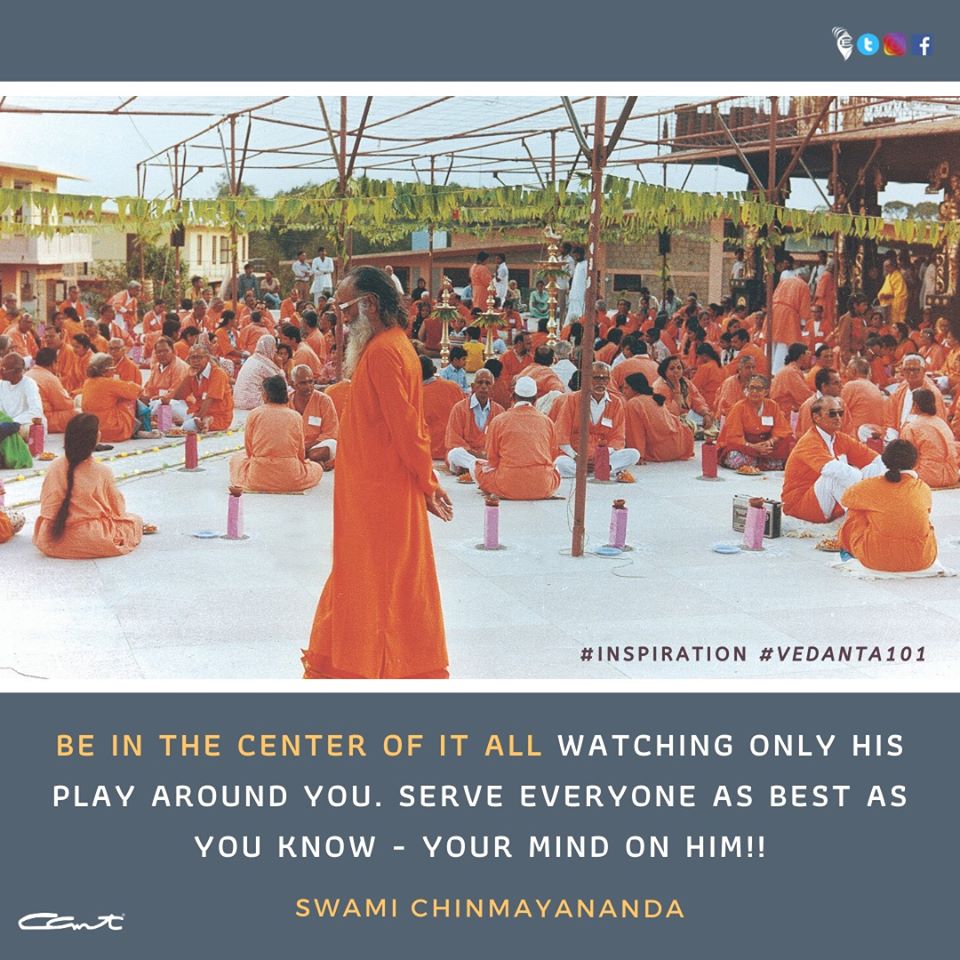Meditation According to the Upanishads - 12. Swami Krishnananda
========================================================================
-------------------------------------------------------------------------------------------------------------------------
14/03/2020.
Spoken on January 14th, 1973)
-------------------------------------------------------------------------------------------------------------------------
14/03/2020.
Spoken on January 14th, 1973)
-------------------------------------------------------------------------------------------------------------------------
1.
#These methods of meditation according to the Upanishad are not suited to common minds because they demand or require of the student a high standard of discriminative power and dispassion. The condition, the prerequisite of such a meditation is also laid down in the Upanishad itself – not in the Mandukya, but in certain other Upanishads.
*"We have to be possessed of a Nachiketas element."
##The story of Nachiketas given in the Kathopanishad is a prelude, as it were, to the requirements of a student of the Upanishads. Such intensity of the spirit of renunciation as can be gathered from the story of Nachiketas is demanded of every student of the Upanishads.
###The Upanishads do not ask us to do anything else than merely to analyse, understand, and fix our attention on it, but with such fervour and ardour of approach as could be seen in Nachiketas. Rejecting the joys, the pleasures and the freedoms of the world that were offered in abundance, the seeker Nachiketas asked for the Atman alone.
*"To seek the Atman is to seek the truth of the Upanishads."
--------------------------------------------------------------------------------------------------------------------------
2.
#In the Kali Yuga, these meditations are difficult because the minds and the wills of people are very weak. We cannot meditate like this, however much we may try. Even for a minute we cannot meditate like this because the mind will slip down, fatigued and exhausted by the very attempt.
##But by a very beautiful combination of the essentials mentioned here with other techniques such as those given to us in the raja yoga methods of Patanjali and the bhakti yoga methods, we can achieve some success.
*"This truth comes to those whose vairagya is one-hundred-percent perfect. They want nothing else."
---------------------------------------------------------------------------------------------------------------------
3.
#The vairagya that is described by Sankaracharya in one of his works is pertinent.
*What is vairagya?
**What is the kind of vairagya that we require to study the Upanishad and meditate according to the Upanishad?
##Sankaracharya says that we must be as indifferent even to the bliss of Brahmaloka as we are indifferent to a clod of dirt.
***But what is the bliss of Brahmaloka?
#We do not know what it is.
##We will become unconscious and swoon if we know what it is, such is the joy of it. We will swoon by the joy itself. We know the characterisation and the calculus given in the Taittiriya Upanishad, how the joys go on increasing in intensity as we go higher and higher. If our bliss is one, multiply it by a hundred, and then multiply it by a hundred eleven times – hundred into hundred into hundred, eleven times – that is the bliss of Brahmaloka. And this bliss we must reject, he says, as if it is dirt. Is it humanly possible? We will not reject the bliss of even a cup of tea, so Brahmaloka is out of the question.
### We are unfit for the study of the Upanishads; that is the conclusion. We cannot study the Upanishads, and we cannot meditate like this, but we can keep it as an ideal that it may come to us at least in the next birth, if not in this birth.
------------------------------------------------------------------------------------------------------------------------
To be continued ...
======================================================================



.jpg)

Comments
Post a Comment